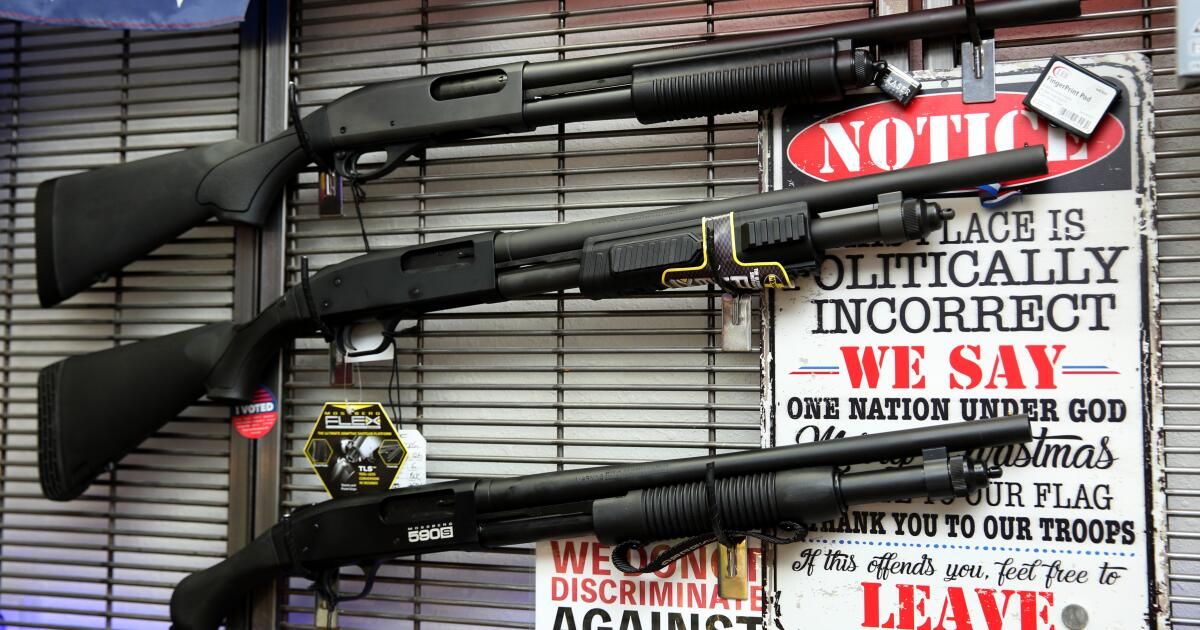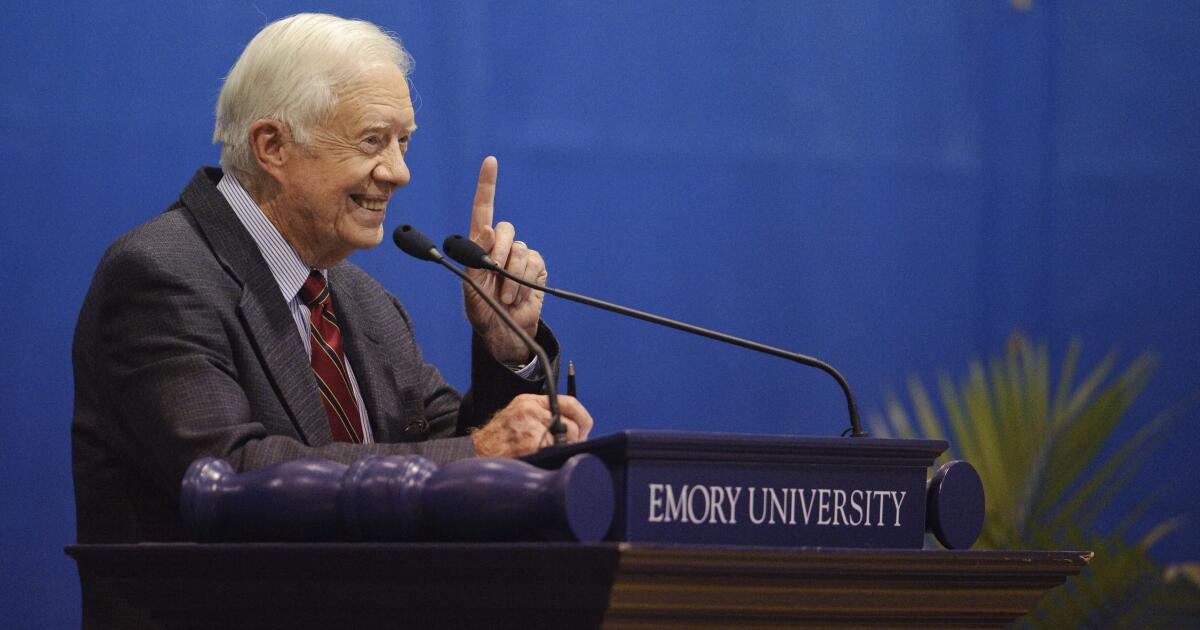California will be the first US state to charge a consumption tax on weapons and ammunition, starting in July. The new tax, a 11% tax on each sale. — will be added to the federal excise taxes of 10% or 11% for firearms and California's 6% sales tax.
The National Rifle Association. has characterized the law that allows this new tax, the Gun Violence Prevention and School Safety Actas an affront to the Constitution. But the reaction of the gun lobby and firearms manufacturers may indicate something else: the effect the measure, which aims to reduce gun violence, may have on sales.
One way to think about the ramifications of the law is to compare state tax policies on firearms with those on alcohol and tobacco products. Not in vain do all of these appear in the name of the Bureau of Alcohol, Tobacco, Firearms and Explosives. The ATF focuses on such products because, while legal, they can cause significant harm to society in the form of drunk driving, for example, or addictions that cause cancer. They also have a common history: they have all been associated with criminal organizations that seek to profit from illicit markets.
Therefore, alcohol and tobacco products are often subject to state excise taxes. By making a given product more expensive, this type of tax leads people to buy less, which reduces the damage to society and at the same time generates tax revenue that the State can, in theory, use to compensate for the damage that is still accumulating. .
California, for example, imposes an excise tax of $2.87 in each pack of cigarettes. that tax is higher than national average but much lower than New York $5.35 tax. California also imposed a vaping excise tax 12.5% in 2021.
Of the four ATF product families, firearms have not been subject to state excise taxes. Until now.
Gun advocates and policy analysts have long called for the firearms industry to be subject to the same types of taxes as alcohol and tobacco, given the harm firearms cause. The national firearm homicide rate in 2021 was 4.5 per 100,000 people, eight times higher than the rate in Canada and 77 times that of Germany. This translates into the loss of 13,000 lives each year.
Furthermore, almost 25,000 Americans die by firearm suicide each year. Besides, more people suffer nonfatal firearm injuries than firearm deaths, according to the Centers for Disease Control and Prevention.
Firearm deaths and injuries are not just tragic. They are expensive. an economist estimated the cost-benefit ratio of the U.S. firearms industry was about 0.65 in 2009. That means for every 65 cents it generates for the economy, the industry produces $1 in costs. And that calculation did not include non-fatal injuries within the US, or the cost of firearms damages that occur outside the country with guns sold in the US.
Gun sales in the United States have increased ten times in the last 20 years about 20 million guns a year, and now they are deadlier and more expensive than ever. California is making sure they are taxed accordingly.
And how much should that tax be? It can be argued that firearms should be taxed at a higher level than alcohol and tobacco, which are consumable products that disappear as soon as they are used; the weapons remain. They add up and can continue to impose costs long after your first sale.
When the new law takes effect in July, California will tax firearms at roughly the level of alcohol. But the state would have to impose an additional 26% excise tax to match its effective tobacco tax.
It's unclear how the new tax will affect gun violence. In theory, it should be very effective. In 2023, some colleagues and I model the American firearms market and determined that for every 1% increase in price, demand decreases by 2.6%. This means that the market should be very sensitive to tax increases.
Using these figures, another colleague recently estimated that California's excise tax would reduce gun sales by 30% to 44%. If applied nationwide, the tax could generate an additional $1.5 billion to $1.9 billion in government revenue.
But a problem may arise from neighboring states: it is already easy illegally transport guns purchased in Nevada, where laws are more lax, to California. But there is some evidence to suggest that our state's new policy will not be neutralized by its neighbors.
When the federal assault weapons ban expired in 2004, making it much easier to buy AR and AK-style rifles in much of the United States, gun murders in Mexico skyrocketed. Two studies show that the exception was the Mexican state of Baja California, just across the border from California, which had maintained its statewide assault weapons ban.
Gun seizures in Mexico show that the four US states bordering Mexico are in the five main state sources of weapons sold in the United States in Mexico. But California contributes 75% less than its population and proximity would suggest it should.
So California's laws appear to be making a difference in reducing gun violence. The excise tax could achieve even more. If it does, other states could follow California's lead and work to reduce gun violence by attacking gun manufacturers where they value most: their bank accounts.
Topher L. McDougal is a professor of economic development and peacebuilding at the University of San Diego. This article was prepared in collaboration with the conversation.











